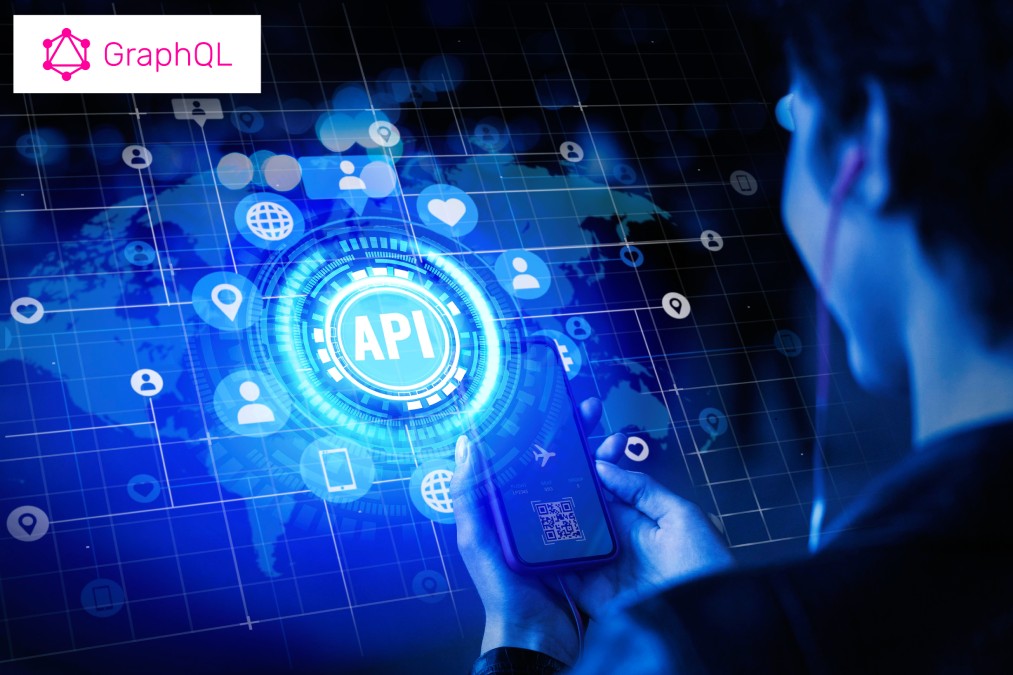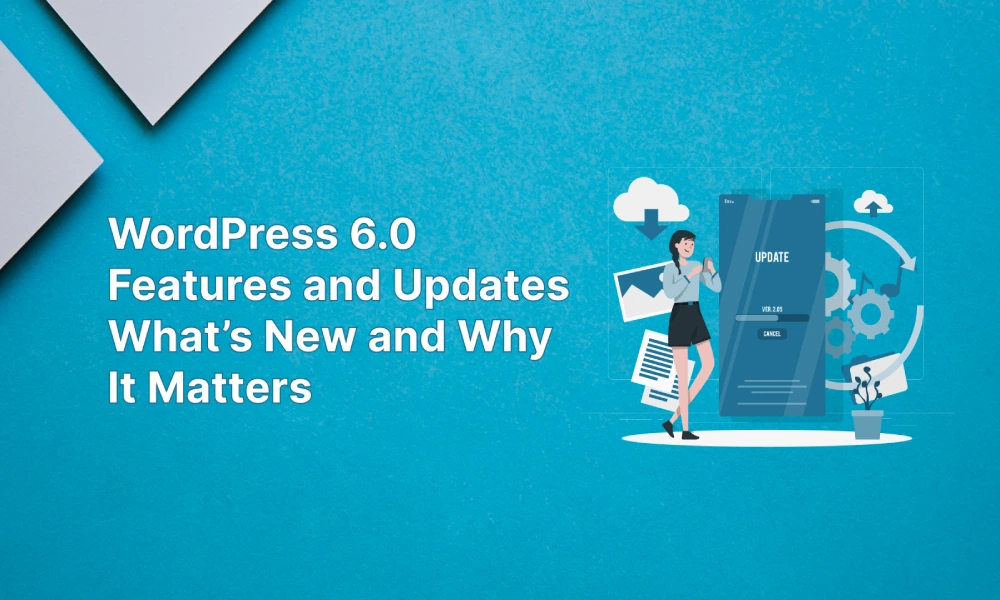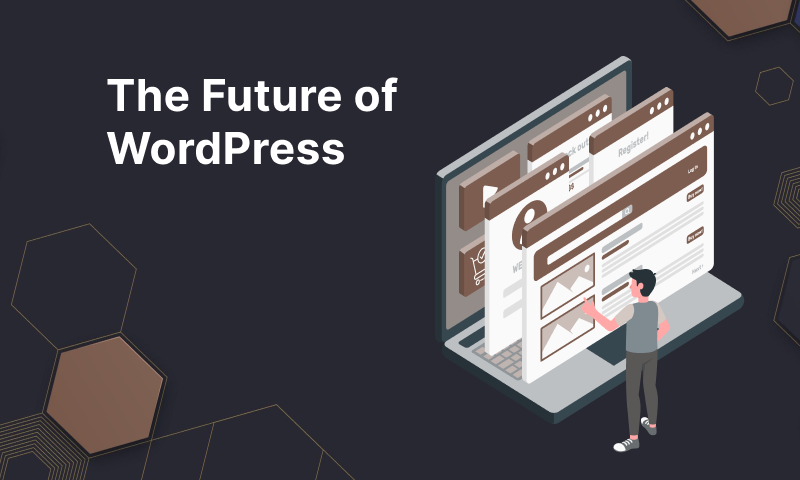What Is GraphQL :
GraphQL, a revolutionary query language for APIs, is reshaping the way developers interact with APIs. Originating from Facebook in 2012 and publicly released in 2015, it has introduced a new era of API design that offers precision, flexibility, and high-performance capabilities. Its widespread adoption, including by GitHub, which has significantly improved its API performance and data retrieval, is a testament to its success and potential. These success stories should inspire confidence in the effectiveness of GraphQL.
The Evolution of GraphQL:
GraphQL was born out of the need to manage and query vast amounts of data across diverse platforms, a challenge that traditional RESTful APIs struggled with due to over-fetching or under-fetching data. Recognizing this, Facebook engineers developed GraphQL as a more streamlined approach, enabling clients to request only the data they need in a single query. This marked a significant shift in API design, paving the way for more efficient and precise data retrieval.
Why Embrace GraphQL for API Development?
GraphQL empowers developers by giving them precise control over data retrieval. With the ability to define a flexible schema, developers can compose complex queries that traverse multiple data sources and relationships with minimal network overhead and latency. This enhances API performance, provides predictable responses, and gives developers a sense of control and mastery, as they can eliminate unnecessary round trips to the server, leading to an improved developer experience. This empowerment should make developers feel more confident and in control of their work.
Merits and DeMerits of GraphQL?
Merits of GraphQL:
- Granular Data Fetching: GraphQL allows clients to fetch only required fields, avoiding data over-fetching and under-fetching.
- Modular Architecture: GraphQL’s schema-based approach promotes code reuse and simplifies integration of disparate systems.
- Performance Optimization: GraphQL provides faster response times and improved scalability by minimizing network overhead and API calls.
- Flexibility and Expressiveness: GraphQL’s query language enables developers to build interactive experiences with concise data requirements.
- Predictable Responses: GraphQL responses are shaped according to the client’s query, ensuring consistency and predictability, unlike REST APIs that often return rigid data structures.
Demerits of GraphQL:
- Performance Concerns: The design and optimization of GraphQL queries are crucial due to potential performance issues with complex queries.
- Suitability for Small Apps: Although GraphQL is excellent for managing complexity, its overhead may outweigh its benefits for smaller applications with more straightforward data requirements. Before deciding to use GraphQL, consider the size and complexity of your application.
- Lack of File Upload Support: GraphQL lacks native support for file uploading, which requires either workarounds or integration with additional technologies.
Conclusion:
Websites and web-based solutions are essential today for accessing products and services efficiently. GraphQL is an excellent choice for optimizing API development and data fetching. Drop Techno Lab offers tailored website building with GraphQL for optimal solutions to maximize business growth and success.






